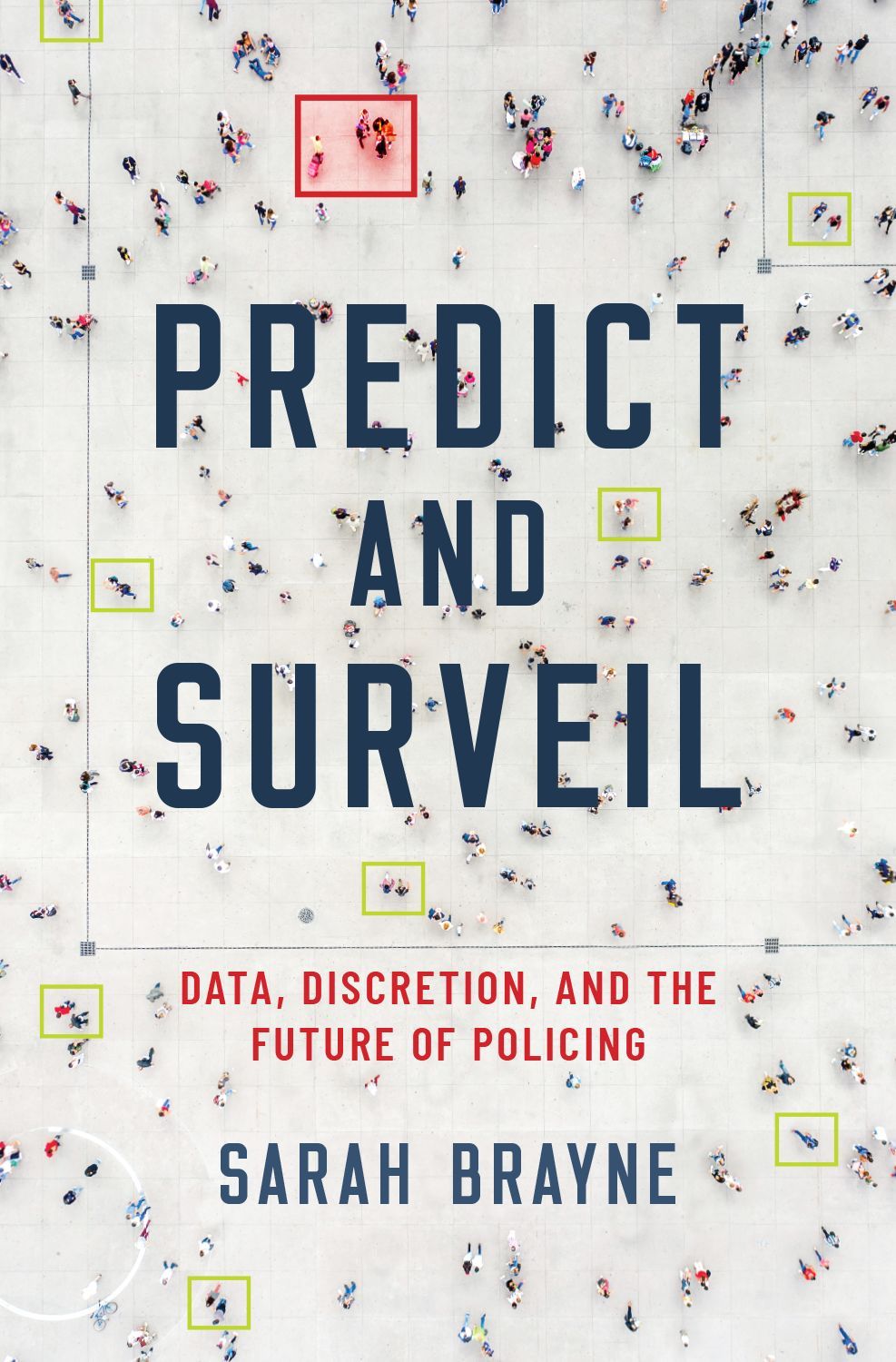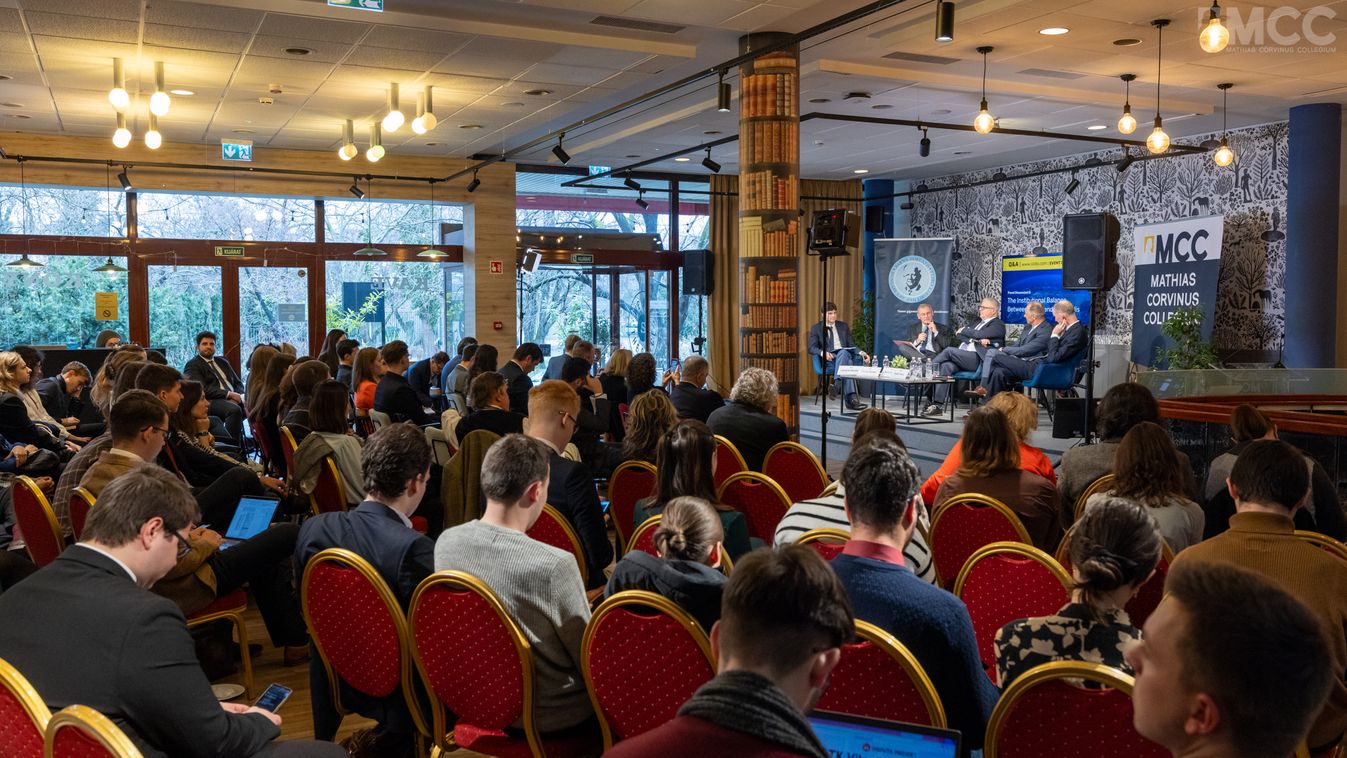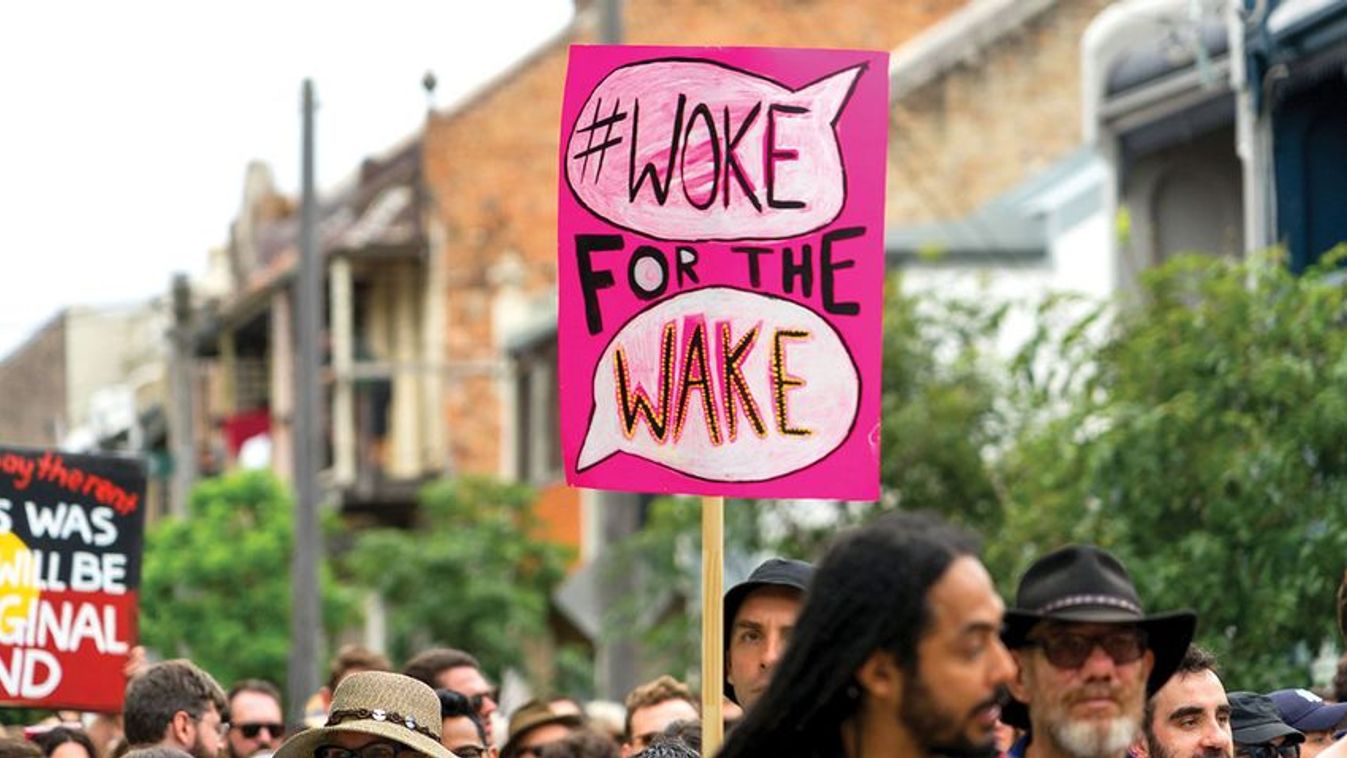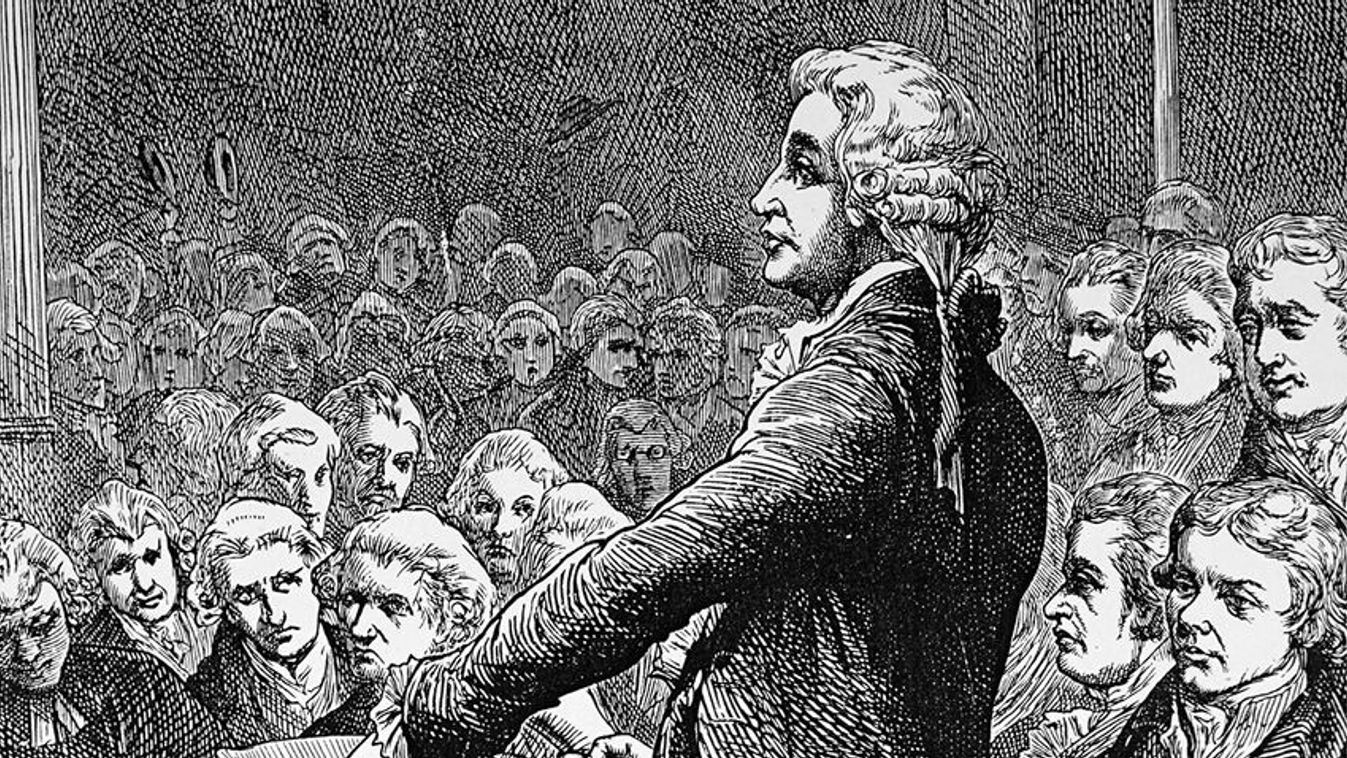The proliferation of digital traces we leave—coupled with advances in the technological tools available for storing and analyzing these data—make surveillance possible at an unprecedented scale. That means that police surveillance today is wider and deeper than ever before—it includes a broader swath of people and can follow any single individual across a greater range of institutional settings, which has important implications for social inequality, privacy, and the rule of law.
In your newly published book, Predict and Surveil: Data, Discretion, and the Future of Policing, you examined the use of data-intensive surveillance practices by law enforcement. Can you shed light on how Big Data has been transforming the criminal justice system along with policing in the 21st century? How do law enforcement and police make use of automated decision-making in America and around the world?
Police use of big data has implications for almost every part of policing, from patrol to investigations, risk management, staffing, and crime analysis.
In the book, I write about two different kinds of technologically mediated surveillance, dragnet and directed. Dragnet surveillance refers to surveillance tools that gather information on everyone, rather than just people under suspicion. An example of a dragnet surveillance tool is the automatic license plate reader, or ALPR. ALPRs can be mounted at static locations like intersections or dynamic, mounted on cop cars, for example. They take two photos of every car that passes through their line of vision and records the time, date and coordinates. Just this one, relatively simple tool makes everyday mass surveillance possible on an unprecedented scale
The other type of surveillance big data makes possible at a greater scale is directed surveillance, or the surveillance of people and places deemed suspicious. Predictive policing is the classic example of this. Law enforcement agencies typically use place-based predictive policing algorithms to predict property crime and person-based predictive policing strategies to predict violent crime. Both approaches use historical crime data to predict where future crime is more likely to occur and who is more likely commit it in order to allocate patrol resources.













